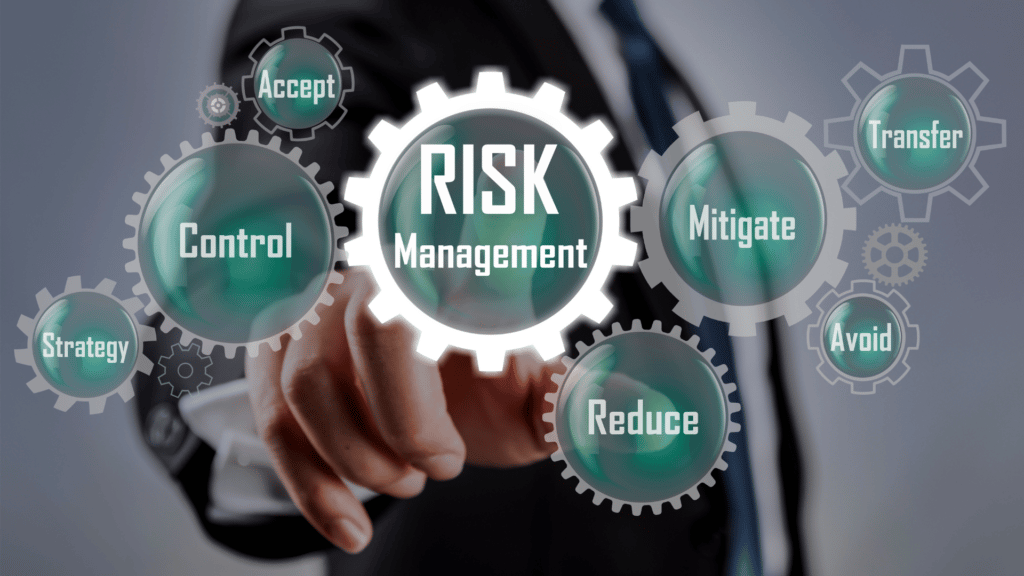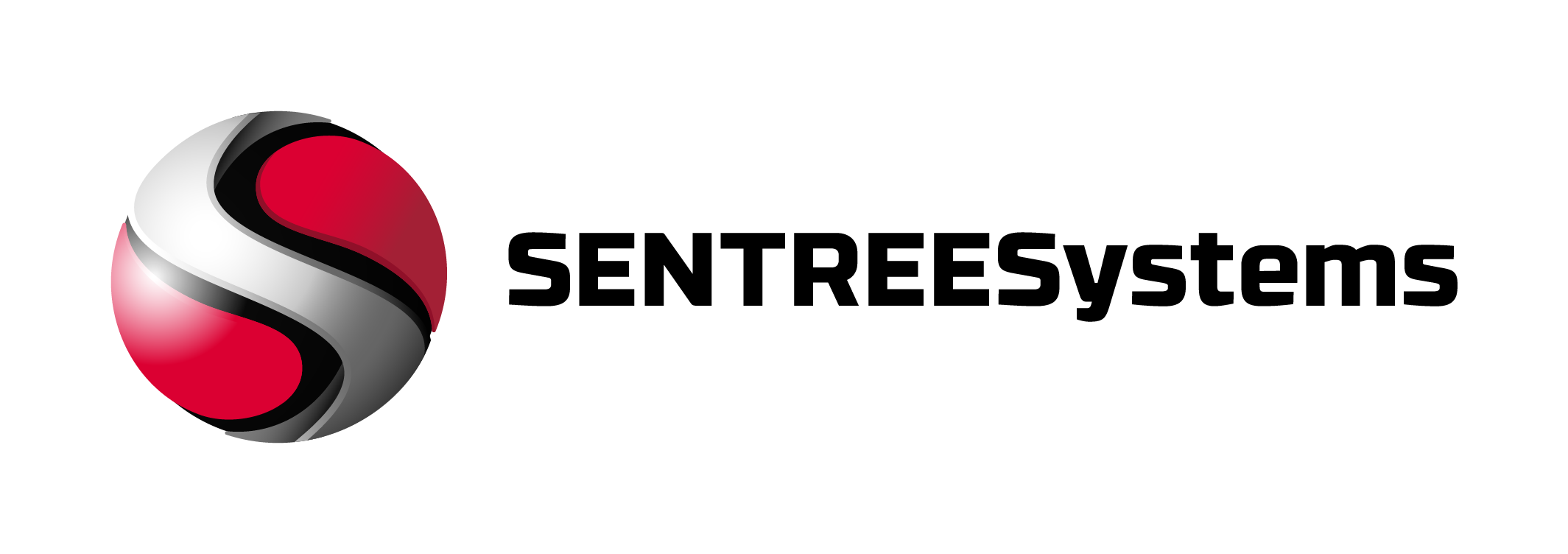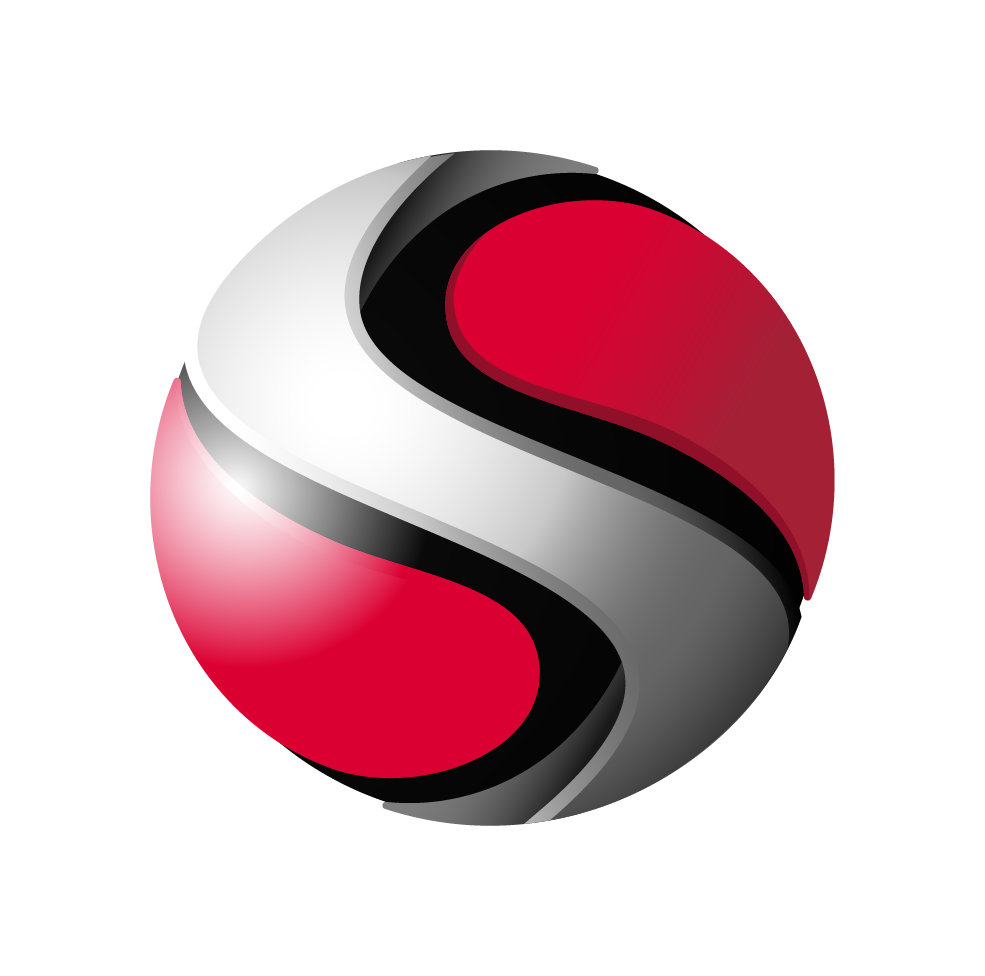
Vendor risk management is the process of identifying, assessing, and mitigating risks associated with the use of third-party vendors. An effective vendor risk management program can help organizations safeguard their systems and data, protect their reputation, and avoid costly disruptions.
There are five key components of an effective vendor risk management program:
1. Defining and assessing risks
2. Mitigating risks
3. Monitoring vendor performance
4. The roles and responsibilities of a vendor risk manager
5. The benefits of an effective vendor risk management program
In this article, we will discuss each of these components in detail and provide practical tips for implementing an effective vendor risk management program in your organization.
What Is the Difference Between a Third Party and a Vendor?
A third party is a company or individual that provides goods or services to another company or individual under a contractual agreement. For example, a business may contract with a third-party logistics provider to ship its products to customers. A consumer may also use a third-party payment platform, such as PayPal, when making online purchases. A vendor is a company or individual that sells goods or services to another company or individual. A vendor may also be referred to as a supplier, contractor, or subcontractor.
There are many types of vendors, but some of the most common include office supply vendors, computer hardware and software vendors, food service vendors, and event planners.
What is a Vendor Risk Assessment?
Vendor risk assessment is the process of assessing the security posture of a company’s vendors and partners. This assessment can be used to identify areas of improvement for third-party risk management, as well as risks that could impact the company if the vendor were to experience a breach. Cyber security is an important part of vendor assessment process, as it can help to identify vulnerabilities that could be exploited by cyber criminals.
-How often are vendor risk assessments required?
Vendor risk assessments are typically required on an annual basis.
-What is the process for conducting a vendor risk assessment?
The process for conducting a vendor risk assessment typically includes identifying and assessing risks associated with doing business with a particular vendor. This can be done through interviews, questionnaires, and on-site visits.
-What are some common risks that are identified in vendor risk assessments?
Some common risks that are identified in vendor risk assessments include financial stability, security, and compliance risks.
-What are some steps that can be taken to mitigate risks that are identified in vendor risk assessments?
Some steps that can be taken to mitigate risks that are identified in vendor risk assessments include developing mitigation plans, implementing controls, and monitoring vendor performance.
-Are there any industry standards or best practices for vendor risk assessments?
There are several industry standards and best practices for vendor risk assessments, including the ISO 27001 standard and the NIST Cybersecurity Framework.
-What are some common challenges that organizations face when conducting vendor risk assessments?
Some common challenges that organizations face when conducting vendor risk assessments include lack of resources, lack of standardization, and lack of vendor cooperation.
Defining and assessing risks
Any organization that works with third-party vendors is exposed to certain risks. In order to protect your organization from these risks, you need to have an effective vendor risk management program in place. Here are five tips for managing vendor risk:
- Define what risks you are trying to mitigate. There are many different types of risks that can come from working with third-party vendors. Some of these risks include financial risks, reputational risks, compliance risks, and operational risks. You need to sit down and figure out which of these risks is most relevant to your organization and which you are most concerned about. Once you have identified the main risks you are trying to mitigate, you can then develop a plan to address them.
- Assess the risks of each vendor. Not all vendors pose the same level of risk to your organization. You need to assess the specific risks posed by each vendor you work with. This assessment should take into account the type of services the vendor provides, the nature of your relationship with the vendor, and the vendor’s track record. Based on this assessment, you can then decide which vendors pose the greatest risk to your organization and how best to mitigate those risks.
- Develop policies and procedures to mitigate risk. Once you have identified the risks posed by third-party vendors, you need to develop policies and procedures to mitigate those risks. These policies and procedures should be designed to minimize the financial, reputational, compliance, and operational risks posed by vendors. Some of the measures you can take include requiring vendors to undergo background checks, setting limits on what vendors can do on your behalf, and putting into place stringent contract terms.
- Communicate your expectations to vendors. It is important that you communicate your expectations for vendor management to all vendors that you work with. Make sure that they are aware of your policies and procedures and that they understand what is expected of them. This will help ensure that they take steps to protect your organization from risk.
- Monitor compliance with your policies and procedures. You need to regularly monitor compliance with your vendor management policies and procedures. This includes auditing vendor contracts, reviewing background checks, and monitoring vendor activity on your behalf. If you find that a vendor is not complying with your policies or is posing a greater risk than expected, you may need to take action such as terminating the relationship or limiting their access to your systems and data.
Mitigating risks
As the number of vendors your organization does business with grows, so does the complexity of managing vendor risk. Here are five tips to help you effectively manage vendor risk and keep your organization safe:
1. Know Your Vendors: The first step in managing vendor risk is to know who your vendors are and what services they provide. Take the time to map out your entire supply chain and understand how each vendor fits into the bigger picture.
2. Assess Vendor Risk: Once you know who your vendors are, it’s time to assess the risks they pose to your organization. Consider both the financial and reputational risks of doing business with each vendor.
3. Mitigate Vendor Risk: Once you’ve identified the risks posed by each vendor, it’s time to put mitigation strategies in place. This might include things like financial contracts, insurance, or third-party audits.
4. Monitor Vendor Risk: Even after you’ve taken steps to mitigate vendor risk, it’s important to monitor the situation on an ongoing basis. This means keeping an eye on things like financial stability, customer satisfaction, and regulatory compliance.
5. Respond to Vendor Risk: If you do identify a problem with a vendor, it’s important to take quick and decisive action to mitigate the risk. This might mean terminating the relationship, changing the terms of the contract, or taking other corrective action.
Monitoring vendor performance
To ensure that your organization is not put at risk by its vendors, it is important to have a system in place for monitoring vendor performance. Here are five tips for effective vendor risk management:
1. Know your vendors. It is important to have a good understanding of your vendors’ business practices, their financial stability, and their compliance with laws and regulations.
2. Conduct due diligence. Before entering into a contract with a vendor, make sure to conduct due diligence to understand the risks involved.
3. Monitor vendor performance. Once you have entered into a contract with a vendor, it is important to monitor their performance on an ongoing basis. This includes reviewing invoices and other documentation, conducting site visits, and speaking with references.
4. Be prepared to take action. If you identify any problems with a vendor’s performance, be prepared to take prompt and appropriate corrective action. This may include terminating the relationship entirely.
5. Document everything. Make sure to document all aspects of your vendor management program, including your due diligence process, the contracts you have in place, and any problems or issues that arise. This will help you to track vendors over time and make sure that your organization is not at risk.
The roles and responsibilities of a vendor risk manager
The vendor risk manager is responsible for identifying, assessing, and mitigating risks posed by third-party vendors. Vendor risk management is a critical component of an organization’s overall risk management strategy. To be effective, the vendor risk manager must have a deep understanding of the organization’s business model, operations, and objectives.
They must also be familiar with the specific risks associated with the organization’s industry and sector. The vendor risk manager must have a clear understanding of the organization’s vendor management policy and procedures. They must also be able to effectively communicate the policy and procedures to vendors. The vendor risk manager is responsible for conducting due diligence on all new and existing vendors.
This includes reviewing vendor contracts, assessing financial stability, and evaluating insurance coverage. The vendor risk manager must establish and maintain the vendor relationship with key stakeholders within the organization, including senior management, procurement, legal, and information security. They must also develop and maintain relationships with key contacts at each vendor.
The vendor risk manager must have strong analytical skills and be able to effectively assess and manage risks. They must also be able to effectively communicate risks to senior management and other key stakeholders.
The benefits of an effective vendor risk management program
An effective vendor risk management program can provide many benefits for organizations, including reducing risks associated with third-party vendors, protecting against financial losses, and improving organizational compliance with regulations. By thoroughly assessing the risks associated with vendors and implementing controls to mitigate those risks, organizations can reduce the likelihood of third-party vendor-related incidents and improve their overall security posture.
In addition, an effective vendor risk management program can help Organizations save money by identifying and addressing potential issues before they result in financial losses. Additionally, a well-run vendor risk management program can improve an organization’s compliance posture by ensuring that vendors meet the organization’s standards for security and privacy.
By taking these factors into consideration, organizations can prioritize the implementation of an effective vendor risk management program.
How do You Implement a Vendor Risk Management Program?
There is no one-size-fits-all answer to this question, as the implementation of a vendor risk management program will vary depending on the specific needs and goals of the organization.
However, some tips on how to implement a vendor risk management program include conducting a risk assessment to identify potential risks associated with working with a particular vendor, developing and implementing policies and procedures to mitigate those risks, and establishing communication and collaboration mechanisms between the organization and the vendor to ensure that risks are effectively managed.
Conclusion
An effective vendor risk management program is essential for any organization that relies on third-party vendors to provide goods or services. By definition, vendor risk management is the process of identifying, assessing, and mitigating risks associated with the use of third-party vendors.
There are five key components to an effective vendor risk management program: defining and assessing risks, mitigating risks, monitoring vendor performance, and maintaining communication between the organization and the vendor.
The roles and responsibilities of a vendor risk manager include defining the scope of the program, identifying risks, assessing risks, developing mitigation plans, and monitoring vendor performance.
The benefits of vendor risk management program include reduced exposure to potential financial losses, improved vendor performance, and increased transparency between the organization and the vendor.



